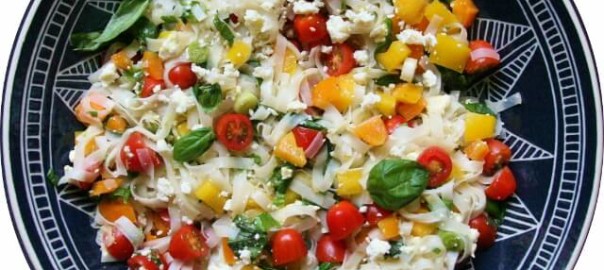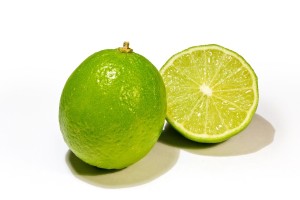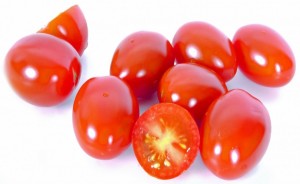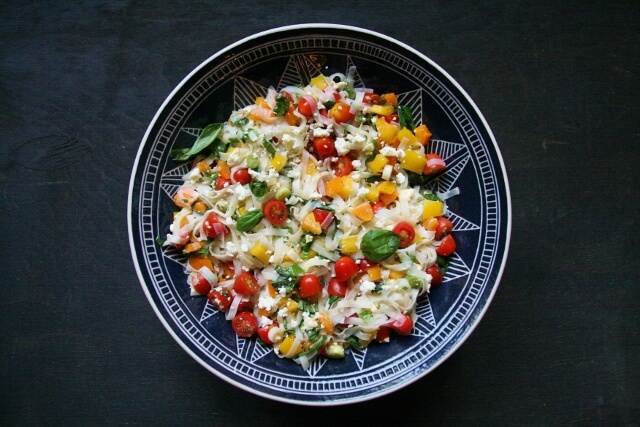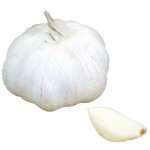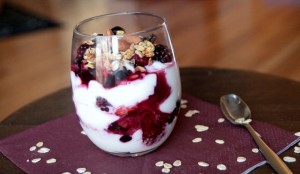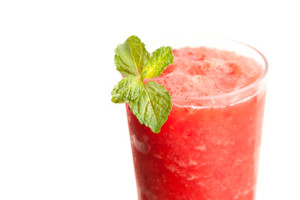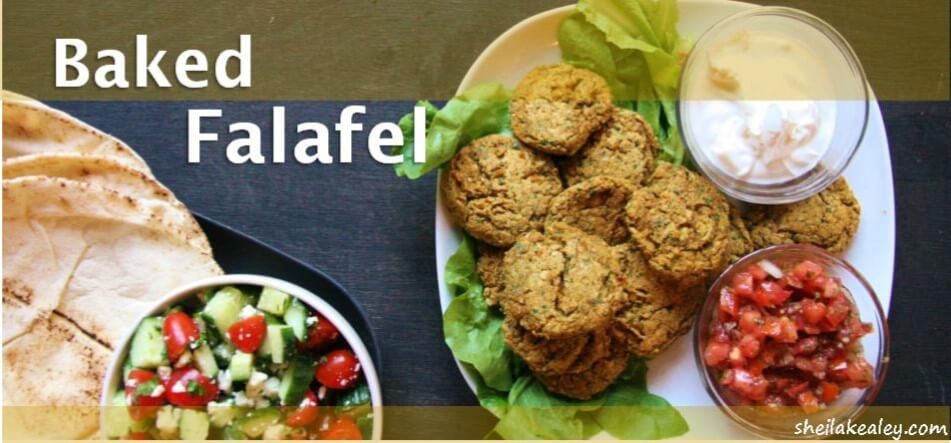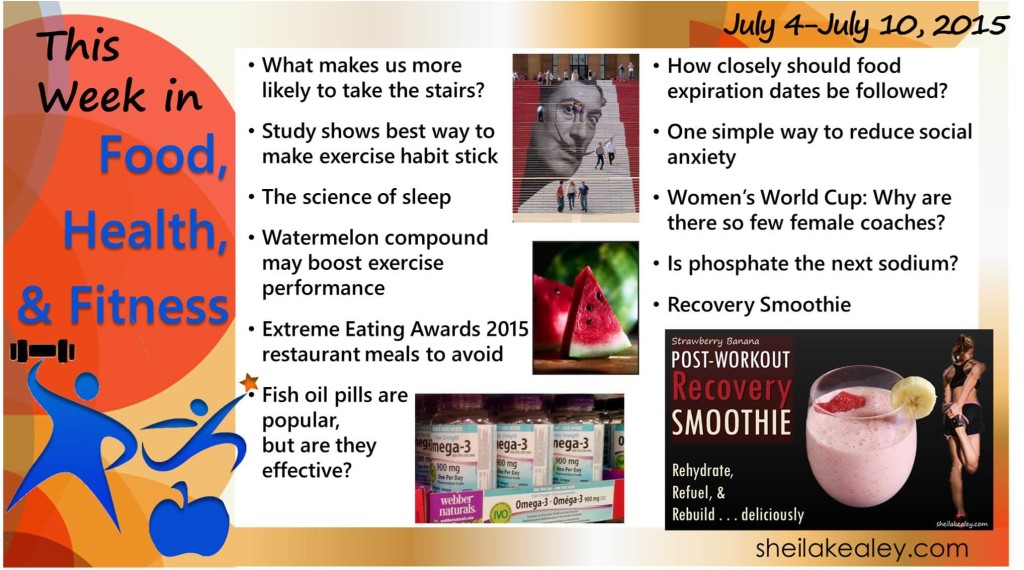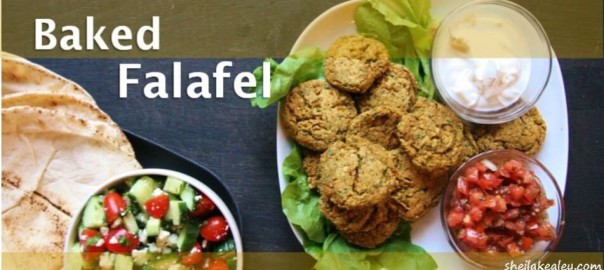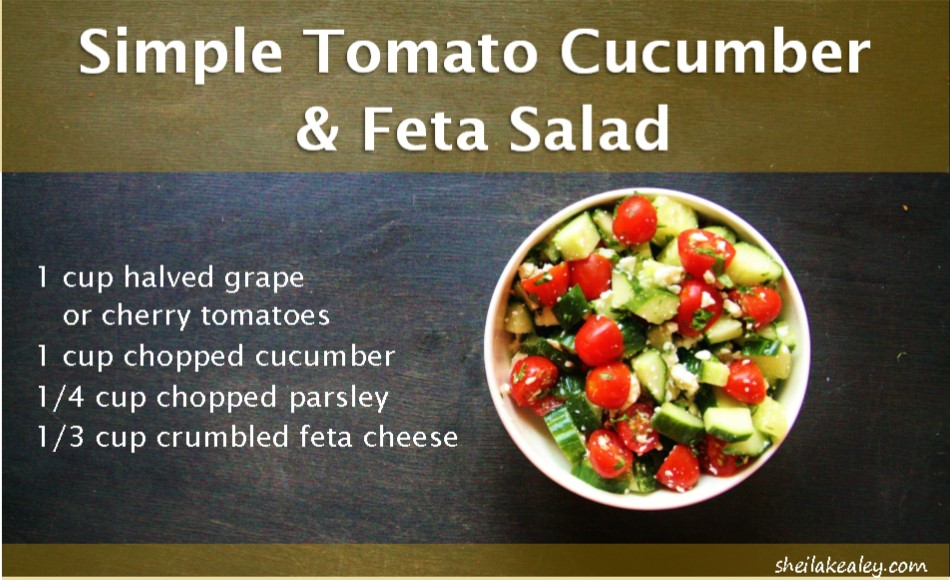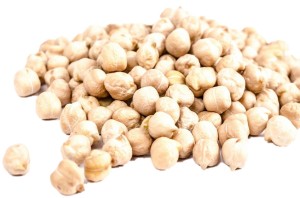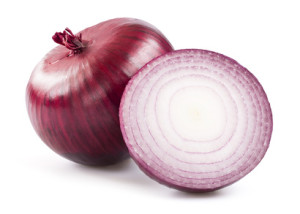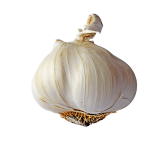This week, read about a new weight loss calculator, guidelines for exercising in hot conditions, trending food stories predicting obesity, the science of being hangry, protein intake recommendations, defending corn, “natural” sugars and health, the chemistry of wine, and more.
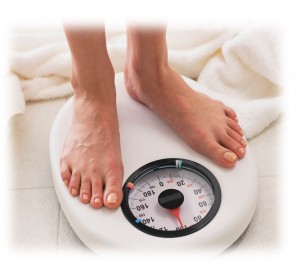 New NIH weight loss calculator. The National Institutes of Health (NIH) has made their Body Weight Planner available to the public (researchers have been using it since 2011). The math model behind the Body Weight Planner was created to forecast how body weight changes when people alter their diet and exercise habits (it is based on this publication, Lancet 2011). The calculations reflect the discovery that the widely accepted paradigm that reducing 3,500 calories will shed one pound of weight does not account for slowing of metabolism as people change their diet and physical activities.
New NIH weight loss calculator. The National Institutes of Health (NIH) has made their Body Weight Planner available to the public (researchers have been using it since 2011). The math model behind the Body Weight Planner was created to forecast how body weight changes when people alter their diet and exercise habits (it is based on this publication, Lancet 2011). The calculations reflect the discovery that the widely accepted paradigm that reducing 3,500 calories will shed one pound of weight does not account for slowing of metabolism as people change their diet and physical activities.
Of course, the calculator results are estimates and likely not appropriate for all. For example, the amount of calories listed to maintain my weight was way too low (I’m small and athletic), while others noted the number listed was too high for them. It’s still a worthwhile tool that might provide motivation and a calorie reality check for those needing to shed a few pounds.
Training & competing in hot conditions? This week’s Globe and Mail outlines five updated sports science guidelines for exercising in the heat. (Alex Hutchinson, Globe and Mail).
Trending food stories predict a country’s future obesity rate. A 50-year analysis of all the food words mentioned in major newspapers (e.g., New York Times, London Times) predict a country’s obesity rate in 3 years, according to researchers at the Cornell Food & Brand Lab. More sweet snacks and fewer vegetables mentioned predict greater obesity. (Cornell Food & Brand Lab, BMC Public Health).
The weight of becoming a new dad. Fatherhood effect or dad bod? The average new dad gains weight, while non-father peers lose weight. (The Atlantic, reporting on American Journal of Men’s Health)
Can you catch up on lost sleep? A New York Times reader asks if they can re-pay a long-term sleep debt (15 years of poor sleeping). Research shows that not sleeping enough harms brain and body health, and increases risk of chronic disease. Making up for lost sleep during the week on the weekend doesn’t work, but one expert says that a well-timed 20-minute nap can benefit as much as 1 hour or nighttime sleep. (Ask Well: New York Times)
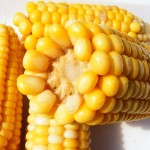 In defense of corn. We hear a lot about the cons of corn. As Tamar Haspel writes in the Washington post this week, corn has a bad wrap (monocrops, industrial farming, 90 U.S. acres devoted to corn, subsidies, etc.). She makes the case for corn as the “single most important food crop on the planet,” comparing corn to wheat, rice, potatoes, and other crops. An eye-opening and thoughtful piece! (Tamar Haspel, Washington Post)
In defense of corn. We hear a lot about the cons of corn. As Tamar Haspel writes in the Washington post this week, corn has a bad wrap (monocrops, industrial farming, 90 U.S. acres devoted to corn, subsidies, etc.). She makes the case for corn as the “single most important food crop on the planet,” comparing corn to wheat, rice, potatoes, and other crops. An eye-opening and thoughtful piece! (Tamar Haspel, Washington Post)
Feeling hangry? Why we can get grumpy when we’re hungry. Find out about the physiology of hanger, and why some people are more susceptible to being angry when they need food. (The Independent)
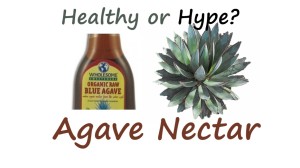 Don’t be fooled by “natural” sugars (maple syrup, honey, agave). A huge pet peeve of mine is people touting “natural” sugars as healthy. If it works better in your recipe or dish, go ahead and use it, but don’t be fooled into thinking it’s a lot better for you than sugar. Sure, some options may contain more minerals than refined sugars, but sugar is sugar (and if you think “natural” or “organic” makes it healthier, you might very well eat more of it!). Unfortunately, this trend is quite common, and I appreciate when it gets called out. This week, obesity Yoni Freedhoff objected to a newsletter by St. Michael’s Hospital Foundation telling patients that honey and maple syrup are one way to cut down on sugar consumption. (Yoni Freedhoff, Weighty Matters).
Don’t be fooled by “natural” sugars (maple syrup, honey, agave). A huge pet peeve of mine is people touting “natural” sugars as healthy. If it works better in your recipe or dish, go ahead and use it, but don’t be fooled into thinking it’s a lot better for you than sugar. Sure, some options may contain more minerals than refined sugars, but sugar is sugar (and if you think “natural” or “organic” makes it healthier, you might very well eat more of it!). Unfortunately, this trend is quite common, and I appreciate when it gets called out. This week, obesity Yoni Freedhoff objected to a newsletter by St. Michael’s Hospital Foundation telling patients that honey and maple syrup are one way to cut down on sugar consumption. (Yoni Freedhoff, Weighty Matters).
Food Fight! Alternative Proteins. Sustainable protein options that are less damaging to the environment are a hot topic. This week Kirstin Weins of the No Baloney Blog compares some of the nutrition of insects, algae, quinoa, legumes, fish, chicken, and beef. Surprisingly, crickets take the win! (No Baloney)
Current dietary protein recommendations need updating, experts say. A paper published this week emphasizes the role of protein in a healthy diet. The paper notes that current recommendations for protein intake are outdated and based on older protein analysis techniques. (Science Daily, reporting on Applied Physiology, Nutrition, and Metabolism, July 2015)
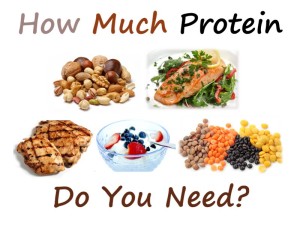 How much protein do you need? Although most people are eating enough protein, many could choose better protein sources and optimize how they distribute their protein intake throughout the day. For example, the average person eats too much protein for supper, and too little in the morning. Almost everyone can benefit from including some protein at most meals and snacks to help control blood glucose levels and feel full longer. Athletes and older individuals are groups that can benefit from better protein distribution. You’ll find more information on protein, daily protein requirements, protein content of common foods, recommendations for athletes and older populations here).
How much protein do you need? Although most people are eating enough protein, many could choose better protein sources and optimize how they distribute their protein intake throughout the day. For example, the average person eats too much protein for supper, and too little in the morning. Almost everyone can benefit from including some protein at most meals and snacks to help control blood glucose levels and feel full longer. Athletes and older individuals are groups that can benefit from better protein distribution. You’ll find more information on protein, daily protein requirements, protein content of common foods, recommendations for athletes and older populations here).
Should you eat yogurt covered snacks? 5/5 experts say NO. Yogurt “coating” is more like frosting, and a far cry from yogurt. Typical ingredients include sugar, partially hydrogenated palm kernel oil, yogurt powder, emulsifiers and salt. (Time)
The Chemistry of Wine ACS Reactions simplifies the complex chemistry behind wine (ACS Reactions).
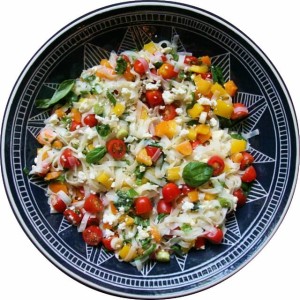 Rice Noodle Salad with Lime Vinaigrette
Rice Noodle Salad with Lime Vinaigrette
I’m pretty excited about this new “salad” recipe. I’ve been making it weekly and tweeking the recipe to come up with this version that combines quite a variety of ingredients. Rice noodles, sweet peppers, fresh herbs, tomatoes, and feta cheese in a honey-lime dressing give this dish Asian, Mediterranean, and Mexican influences . . . sounds odd, but the flavours blend together beautifully!
Don’t be dissuaded if you are, like me, not typically a fan of cold pasta-salad style noodles. Rice noodles make an entirely different type of salad; they are lighter than pasta or wheat-based noodles, and are better at absorbing flavourful and zesty dressings like this one.
Share This: